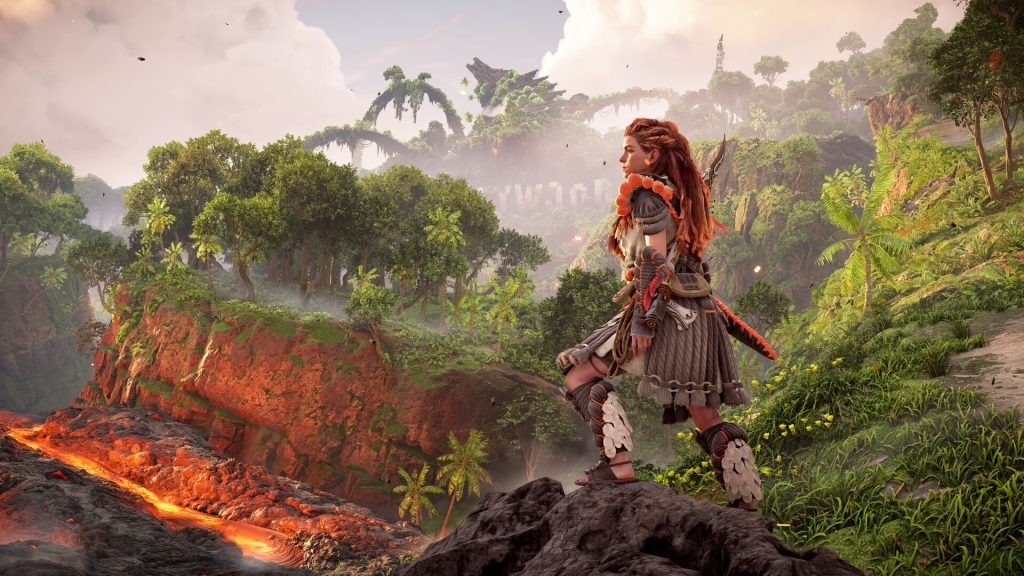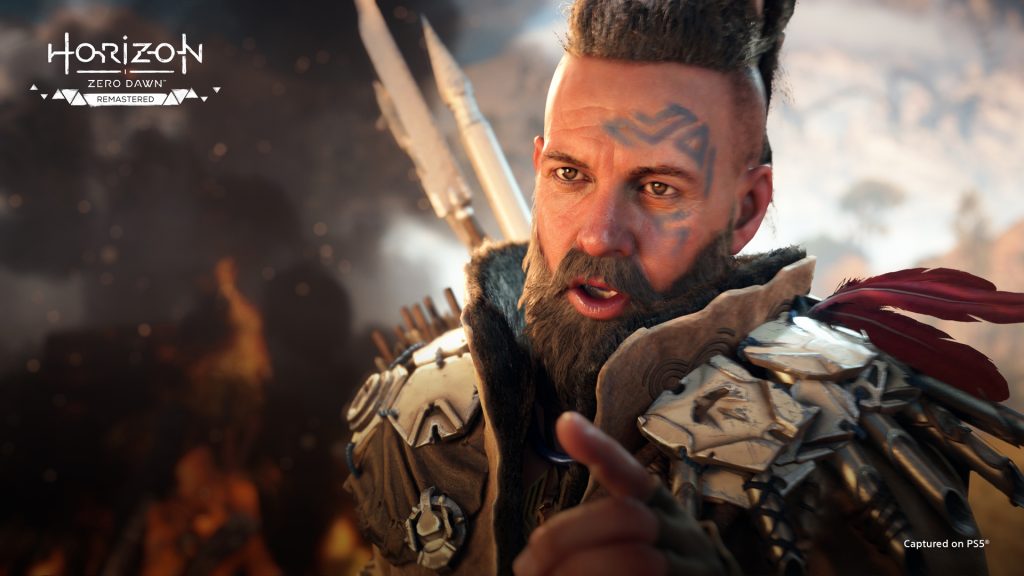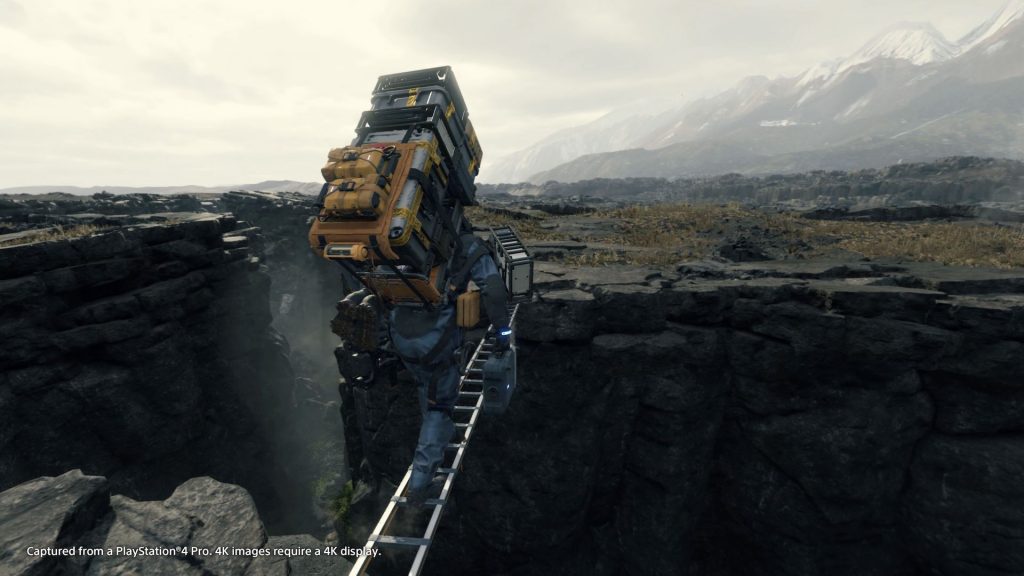The Decima Engine Is a Next-Gen Graphics Beast – Here’s Why
Guerilla Games is among the gaming community’s most popular names in recent years, giving its players a lot of incredible experiences such as the Killzone and Horizon franchises. While its developers and writers have received a lot of praise for their incredible work, there is one part of Guerilla’s success that has largely been working behind the scenes, powering the worlds that the studio brings to life in its games with quiet efficiency and a skillset that’s as versatile as the protagonists of those titles.
We’re talking about the Decima Engine, of course. A proprietary engine that was developed in-house at Guerilla, it has been at the heart of wildly successful video games from the studio, most notably Horizon Zero Dawn and its sequel Horizon Forbidden West. That makes it a development platform that has worked across successive generations of hardware, and one that has evolved in response to the improvements they brought to the table.
[embedded content]
But in a world where Unreal and Unity continue to dominate popular discourse, why should Decima be relegated to the background despite the stellar job it does there?
Honestly, it shouldn’t, given how it has allowed Guerilla and even Kojima Productions a way to push the envelope on several fronts that include visual fidelity, improved environments in massive open worlds, and also brought performance boosts to the experiences that it has powered.
It’s time to give Decima the spotlight it deserves.
A Performative Powerhouse

Decima made its debut back in 2013, powering the sixth instalment of the Killzone franchise named Killzone Shadow Fall. Bringing the title to the then newly launched PlayStation 4, the first-person shooter was quite a success despite it utilizing only a portion of what the new console was capable of thanks to Sony keeping its new console’s improved RAM and graphical capabilities under wraps until its launch.
Guerilla’s attempts to breathe new life into the franchise paid off thanks to a version of Decima that was then referred to as “the engine”, with the studio not planning to take its powers public.
The engine was next seen working its magic in Supermassive’s Until Dawn and its 2016 PlayStation VR spinoff, Until Dawn: Rush of Blood. Thanks to Sony Interactive Entertainment’s ownership of Guerilla Games and its role as a publisher for Until Dawn, the Decima Engine began to make its presence felt in the gaming world.
Its prowess was enough to catch the attention of none other than Hideo Kojima, who chose the Decima Engine for Kojima Production’s first independent title Death Stranding. The eccentric director showcased what it could do in terms of accurate detailing and physical lighting effects by recreating his own meeting room to justify its choice. Quite the feat!
But Death Stranding was still a long way from its final release at the time. 2017’s Horizon Zero Dawn was a feather in Guerilla’s cap, and a brilliant showcase of how the Decima Engine could bring a unique gaming experience to life in ways that its rivals could perhaps not achieve. It was a demonstration of all the capabilities Guerilla highlighted in 2016’s PlayStation Experience which included AI, logic tools, 4K support, HDR imaging, and exquisite physics.
It was at this time that the name Decima finally came into being as an acknowledgement of Kojima’s role in bringing the engine into the spotlight and Guerilla’s Dutch origins.
Decima has since made its presence felt in the sequel to Zero Dawn, with Forbidden West taking its capability even further – which was evident from the game’s PS5 version bringing advanced terrain rendering, a gorgeous and smooth underwater experience, and breathtaking cinematic set pieces to the table.
Those very capabilities have been honed even further in Death Stranding 2: On the Beach, allowing Kojima to realize the vision he had for his explorations of life and legacy through the lens of Sam Porter’s adventures in Australia and Mexico. Decima has played a huge part in bringing some of modern gaming’s most impactful titles to life – and is among the more obscure reasons for their success.
But how – and why – is it better than the best? That’s quite easy to answer.
Bringing Milestones to Life

In many ways, the Decima Engine has been the biggest benefactor of a collaboration between Guerilla and Kojima Productions. On the PS4, it ensured that Aloy’s adventures in Horizon Zero Dawn came with a layer of realism that matched her world weary take on a post apocalyptic world.
Each machine she took on was as detailed and intricate as the Cauldrons she explored to learn more about them while the Nora’s and Carja’s villages, cities, and fields shone with a vibrance that other games simply could not match. But Decima’s capabilities went beyond its visual flair. The machines came at Aloy with deadly efficiency, and the engine’s true value was there for all to see.
Every leap, frantic dodge, and counterattack came together in an experience that continues to enthrall gamers to this day, while gentle breezes and cramped spaces felt alive in a players’ hands. It was clear that Decima could bridge impressive visuals and stellar graphical performance, tying them together into a cohesive whole.
Things only got better in Forbidden West with the addition of a larger, more ambitious open world, dynamic lighting, improved weather and a terrain that was the perfect way to show off the PS5’s improved draw distance. Buttery smooth framerates on the game’s Performance Mode made the experience work well with an improved melee combat system while taking to the skies in the game’s later sections was a visual and graphical treat that no other experience available for Sony’s latest powerhouse could hope to match at the time, let alone imitate.
The same evolution of Decima’s capabilities has been showcased in Death Stranding and On the Beach. Sam’s adventures benefitted greatly from Decima’s ability to bring a layer of ethereal realism to a landscape devastated by the Death Stranding while giving Kojima the ability to weave his thematic explorations into the environments he created for the game.
Norman Reedus excellent acting chops, alongside those of a very talented cast, were icing on the cake for Decima’s most influential titles, as it brought every bit of nuance in their performances to life in ways that elevated the experience its players were privy to, allowing both Strand titles from Kojima to shine in ways that directly impacted the quality they offered to those who decided to dive into their deadly worlds.
On the Beach’s recent release is almost certainly the epitome of what Kojima and Guerilla have built over the years with Decima, bringing a level of cinematics that makes incredible use of skin shaders, fluid simulations, and lighting effects that make its take on Mexico and Australia come alive in the hands of its players.
A common undercurrent that ties these four great games together is the way in which Decima has been a factor in making their worlds feel like characters on their own, responding to a player’s actions in ways that other engines have perhaps come close to but not quite matched in their efforts to bring new levels of visual and graphical fidelity to the games they have powered.
But can Decima continue to surpass its rivals, or hold its own against them in a future where gaming experiences are shaping up to be even better than what’s currently on offer?
Standing Out From the Crowd

The answer to that question requires a nuanced look at how Decima’s biggest rivals have managed to fare in the recent past.
Pitting Guerilla’s creation against Unreal Engine 5 (UE5) brings an important distinction to life. The collaboration between Guerilla and Kojima is sure to play its part, allowing the studio to future proof its creation in preparation for the inevitable launch of the PS6. While many UE5 experiences do bring a lot to like, its performance inconsistencies are a sore spot in any comparisons with Decima’s ability to deliver each and every time it powers a game.
The RE Engine is another valid contender, powering some of the studio’s best work and culminating (for now) with Monster Hunter Wilds. While the experience it has managed to deliver does come close to Decima in terms of how it presents the many biomes it takes its players to, the Japanese studio’s transition from the PS4 to PS5 could have been better.
However, Guerilla might want to pay close attention to any releases RE Engine brings out in the next few years while it gears up to bring the third instalment of its Horizon franchise to players. The studio is sure to take all of the lessons it has learned from creating Death Stranding and its sequel and apply them to a new generation of games that will undoubtedly allow Decima to bring further refinements and abilities to the table.
While its rivals are certainly catching up, Decima currently holds the crown for a video game engine that seamlessly blends unique visual signatures with graphical and technical capabilities that allow talented developers to create experiences that garner both critical and commercial success.
Whether that trend continues in the coming years is a matter of patient observation, but Guerilla is sure to bring its A-game to the table and continue to enthrall its players with aplomb. And that’s not even considering whatever Kojima has up his sleeve for his next game.
It’s going to be an interesting time for Decima and the games it powers. But modern gaming’s most silent success is certainly up to the task.
Note: The views expressed in this article are those of the author and do not necessarily represent the views of, and should not be attributed to, GamingBolt as an organization.


Comments are closed.